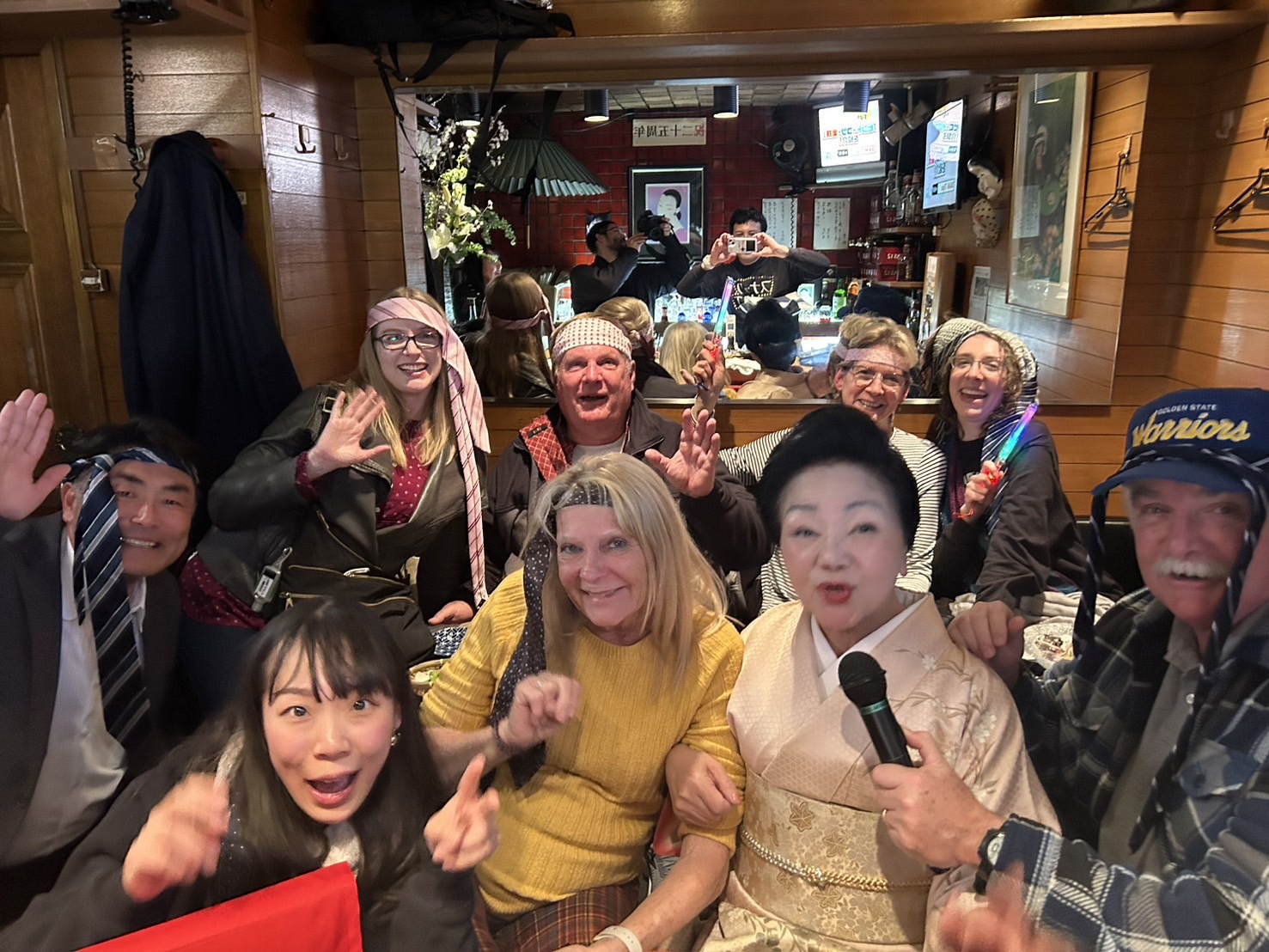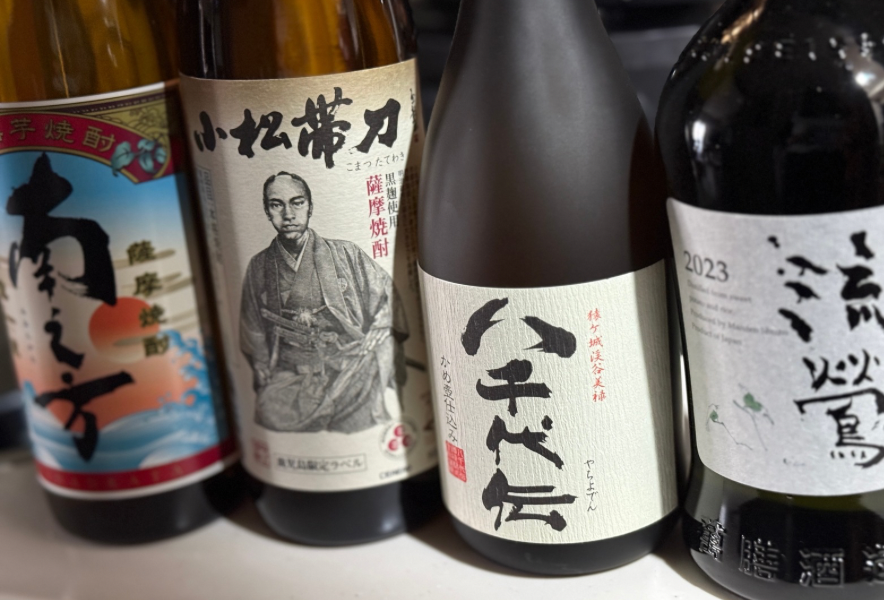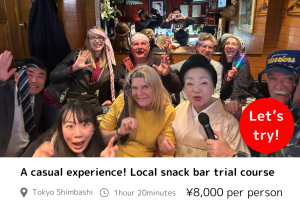Japan is world-famous for its Sake, but that’s just one part of a diverse landscape of traditional alcoholic beverages. Among them, shochu holds a special place, especially in Japan’s snack bars—those cozy, intimate drinking spots where conversations flow as freely as the drinks. While sake tends to take the global spotlight, shochu is often the drink of choice for regulars who value both taste and tradition. Its lower alcohol content and wide variety of flavors make it a staple at the counter in many local establishments. This article will explore four key aspects of shochu: its ingredients, regional characteristics, production methods, and historical background, followed by a brief summary.
Contents
Ingredients: From Sweet Potatoes to Barley
Shochu is unique among world spirits because of its diverse range of ingredients. Unlike sake, which is almost exclusively made from rice, shochu can be made from sweet potatoes (imo), barley (mugi), rice (kome), brown sugar (kokutou), and even chestnuts or sesame. Each base ingredient lends a distinctive aroma and taste to the final product. For example, imo shochu has a rich, earthy character and is especially beloved in the southern regions of Japan, while mugi shochu is smoother and nutty, often appreciated for its easy drinkability. Kome shochu, made from rice, tends to have a mild and slightly sweet profile.
Regional Styles: Kyushu and Beyond
Shochu production is concentrated in southern Japan, especially in Kyushu, with Kagoshima and Miyazaki being the heartlands. These regions have favorable climates and access to key ingredients like sweet potatoes and barley. Kagoshima is particularly famous for its imo shochu, while Oita in Kyushu is renowned for its mugi shochu. The distinct styles reflect not only the ingredients available in each region but also the cultural preferences and local history. For example, in Okinawa, the local version of shochu is called awamori, made primarily from Thai rice and aged longer than most mainland varieties.
Production Methods: Single Distillation for Deep Flavor
One of the defining features of authentic Japanese shochu—particularly honkaku shochu—is its single distillation process. Unlike western spirits that are often distilled multiple times to achieve purity, shochu is distilled only once, allowing the character of its base ingredients to remain intact. This is what gives imo shochu its unmistakable pungency and what allows kokutou shochu to express the caramel notes of brown sugar. Most shochu is also fermented with koji mold, similar to sake, but the type of koji (white, black, or yellow) can dramatically influence flavor and aroma.
History: Rooted in Everyday Life
Shochu has a long and fascinating history. It is believed to have been introduced to Japan from Southeast Asia via Okinawa as early as the 16th century. Historical records from 1559 even mention shochu being drunk by construction workers at a Japanese temple. While sake was often reserved for celebrations and formal occasions, shochu gained popularity among the working class for its affordability and versatility. Over centuries, it has remained deeply rooted in Japan’s daily life, especially in the southern regions. Today, it continues to be a popular drink at izakayas, family gatherings, and, of course, in snack bars, where regulars often have their own bottles kept behind the counter.
Shochu is more than just an alcoholic beverage—it’s a reflection of Japanese regional identity, history, and craftsmanship. With its variety of base ingredients, regional styles, and distinct production methods, shochu offers a wide range of flavors to explore. Whether you’re sipping on a smoky barley shochu or a fragrant sweet potato one, you’re experiencing centuries of tradition in every glass. Next time you visit a snack bar in Japan, consider trying a local shochu—it might just become your new favorite drink.
Let’s go to Izakaya and a Japanese Snack-bar with a fun guide!!
You can enjoy many kinds of drink at Izakaya and drinking culture Snack Bars, beloved by many but you can’t enter without a guide. You can enjoy communication with the owner and other customers, as well as singing karaoke, allowing for a relaxing time.
Most snack bars have a policy of refusing entry to foreigners. However, with a tour, you’ll have a guide, so you can enter with peace of mind.
When visiting Japan, don’t just check off the tourist spots –
dive into local experiences for an unforgettable journey!

Once you experience it, you’ll be captivated too! The charm of snack bars.

New encounters with people! The camaraderie of singing at a snack bar! Conversations with the mama-san!





